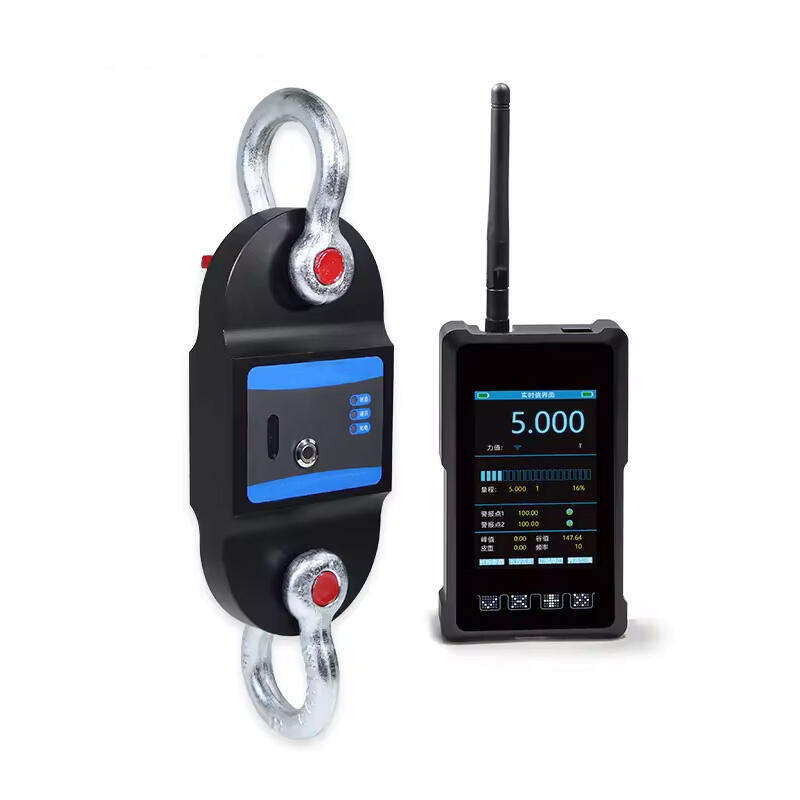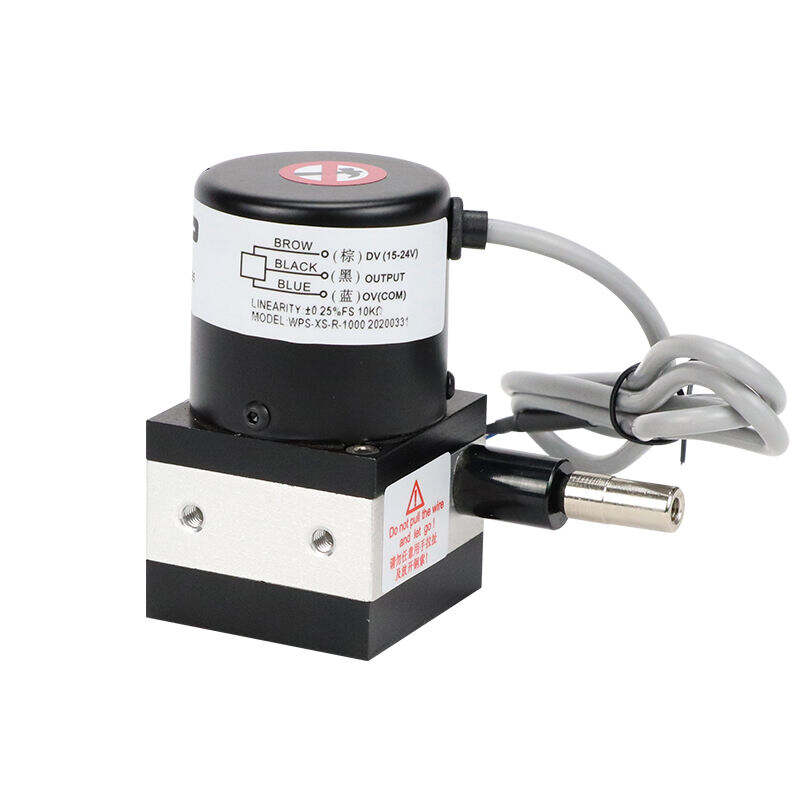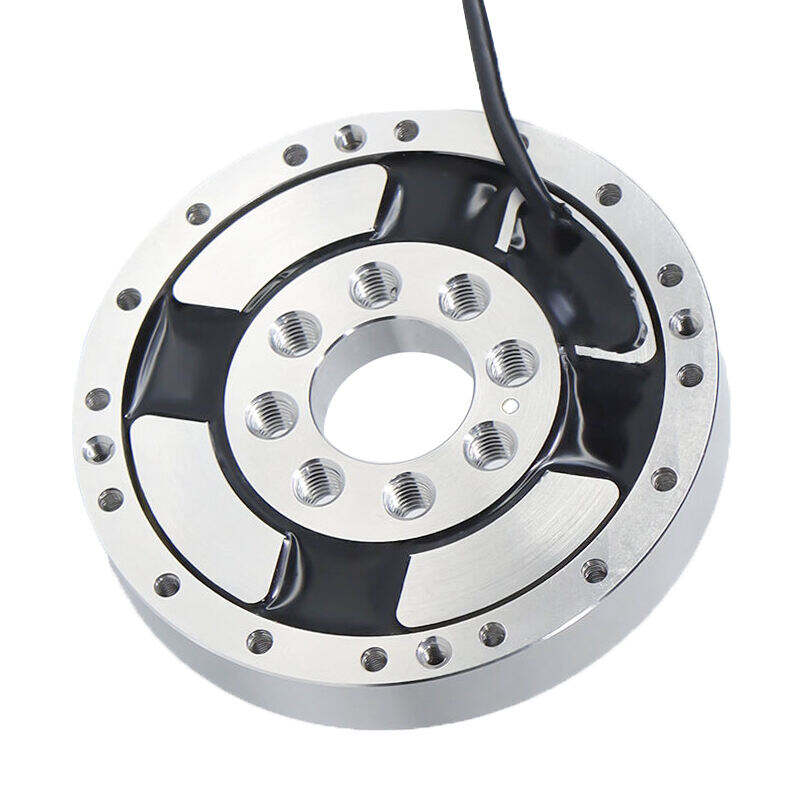Load cell junction box
A load cell junction box serves as a crucial component in weighing systems, acting as a central hub for connecting multiple load cells and ensuring accurate weight measurements. This specialized device combines signals from various load cells into a single output, making it essential for complex weighing applications. The junction box features precision trimming potentiometers that allow for fine-tuning of individual load cell signals, ensuring balanced output and optimal system performance. Advanced models incorporate surge protection mechanisms and weather-resistant enclosures, safeguarding the internal components against environmental factors and electrical disturbances. The device typically includes multiple terminal points for load cell connections, a summing circuit for signal integration, and calibration mechanisms for system optimization. Modern load cell junction boxes often feature diagnostic capabilities that help identify potential issues with individual load cells or connection points, streamlining maintenance procedures. These devices are designed to maintain signal integrity over long cable runs and minimize interference from external sources, making them indispensable in industrial weighing applications.


